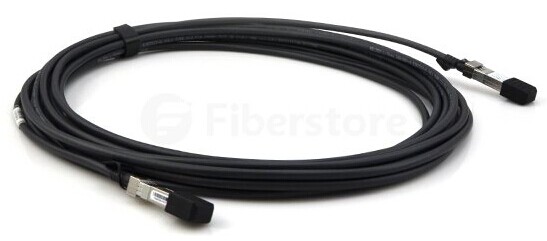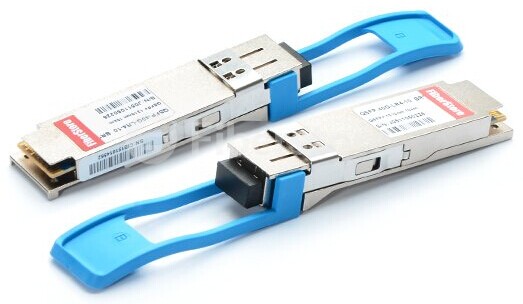DDM which stands for digital diagnostics monitoring is specified by the industry-standard SFF-8472. Modern optical SFP transceivers can support standard digital diagnostics monitoring (DDM) functions.which is also known as digital optical monitoring (DOM). What makes these transceivers with DDM/DOM function different from the traditional modules? This article will give you the answer.
Very often, we can see GLC-LH-SMD, or on the label of modern transceivers. Actually, the “D” in GLC-LH-SMD represents the DDM function we are talking about today. When choosing fiber optical transceivers in the market, you may have the option with or without DDM/DOM. At present, most of high-end switches require the SFPs with DDM functions. Switches with DDM/DOM allow users of distributed networks to be more proactive in maintaining their network using this standard optical interfaces. Because modules with this capability give the end user the ability to monitor parameters of the SFP, such as optical output power, optical input power, temperature, laser bias current, and transceiver supply voltage, in real time.

Devices with DDM function can provide component monitoring on these applications. The SFF-8472 added DDM interface and outlined that DDM interface is an extension of the serial ID interface defined in GBIC specification, as well as the SFP MSA. DDM interface includes a system of alarm and warning flags which alert the host system when particular operating parameters are outside of a factory set normal operating. Thus, DDM interface can also enable the end user with the capabilities of fault isolation and failure prediction which will be introduced in the following part.
- Component Monitoring: The DDM enables the end user to monitor the five key parameters in the performance of the fiber optical transceivers: internal temperature, DC supply voltage, transmitter bias current, transmitter output power, and receiver optical signal level. Integrated DDM functionality also incorporates warnings and alarms to monitor these parameters.
- Fault Isolation: The DDM function can be used to isolate the particular location of fault in fiber optic network system. Combining the DDM interface status flags, transceiver hard pins and diagnostic parametric monitor data the specific location and cause of a link failure can be pinpointed.
- Failure Prediction: The DDM can also be used to help in failure prediction on fiber optic links, which is based on the transceiver parametric performance. Although, this application is not yet fully mature, but there is still room for improvement. There are two basic types of failure conditions that can be seen on fiber optic transceivers. One is device faults which usually happen in transmitter performance due to nature of semiconductor lasers. The other is high error rate conditions when a transceiver operates at its signal-to-noise limit. It happens more often in fiber optic receiver performance.
From the above analysis, we can see that fiber optical transceivers with DDM help to ensure that the business can be proactive in preventative maintenance of the network and ensure business continuity. Fiberstore offers an enormous range of optical transceivers with DDM function, among which there are Cisco GLC-SX-MMD, HP J9151A and so on. All these transceiver modules are 100% compatible with major brands like Cisco, HP, Juniper, Nortel, Force10, D-link, 3Com. They are backed by a lifetime warranty, and you can buy with confidence.












